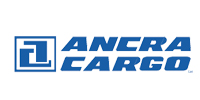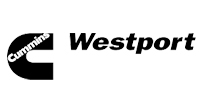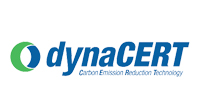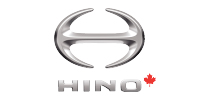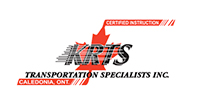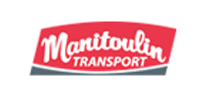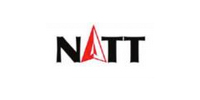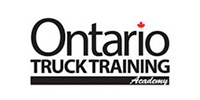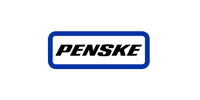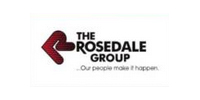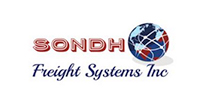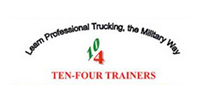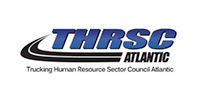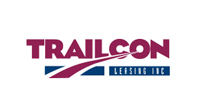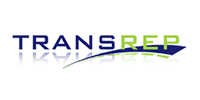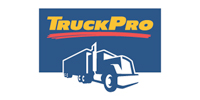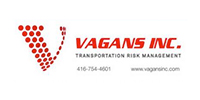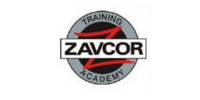Go in prepared
Fleet managers spec’ing tanker trailers these days need more than a sharp pencil. Struggling to compete in a market that’s been hit hard by the downturn in the energy sector, tanker fleets are spec’ing trailers that do more than reduce operating costs.
In addition to demanding lighter units that deliver higher payloads, they’re looking for improved safety and the latest in tracking technology. Given the high replacement costs of a tanker, they’re also looking for units that are more reliable and last longer.
Tanker fleets require custom solutions. There is no ‘one-size-fits-all’ approach when it comes to shipping such a diversity of products like milk, explosive petroleum, and a range of hazardous materials.
“We’re getting more involved in the spec sheet all the way down to how much each product weighs and what zone you run in,” says Robert Pahanich, vice-president of fleet maintenance & procurement for Transcourt Tank Leasing. “In North America, all the provinces and states have different weight allowances. It’s hard to maximize payload when you’re trying to fit into a cookie-cutter mold. We’re trying to become very specific and very surgical.”
Dusty Rule, a product manager for Heil Trailers, cautions fleet managers to stay focused on their specific needs instead of cherry picking through a shopping basket of specs. He advises fleets to focus on several central questions. Is the trailer spec right for the job? What are you hauling and where are you hauling it?
“Most fleet managers have a good understanding of how the trailer needs to be configured for their operation,” says Rule. “Over spec’ing capacity can lead to increased trailer weights and reduced efficiencies. We customize the individual compartment sizes and total capacity to optimize the tank loading for increased payloads and level loading.
“For example, for fleet-service long hauls, which operate mainly on highways, a standard duty design will be more efficient and will be plenty durable enough to stay on the road. But for more rigorous regions, such as short hauls in more severe road conditions, a heavy-duty or super-heavy-duty model may be the best option to avoid down time.”
Fleet managers are following the same mantra heard throughout the transportation industry: reduce weight and increase payload. That means lightweight equipment, aluminum frames, aluminum sub frames, galvanized wheels, and aluminum rims. It means improved aerodynamics, tire-inflation systems, and disc brakes. It means weighing upfront capital costs against long-term maintenance costs. In some cases, it may even mean swapping stainless steel tanks for aluminum tanks although manufacturers are also finding ways to trim weight off stainless tanks.
“If both stainless and aluminum are suitable for the operation, and there are no concerns of corrosion, the initial investment of an aluminum tank may be more expensive,” says Rule. “But over time, increased payloads will yield increased revenue due to the trailer-weight advantage (of the aluminum tank).”
But lighter is also more expensive and less durable in some applications. Fuel savings need to be measured against the higher purchase price to see if there is an ROI. Optimizing payload can result in substantial savings.
“If you optimize payload to deliver 300 or 400 more gallons – that’s the easiest place to develop savings that nobody has looked at,” says Pahanich. “Increasing payload by up to 1,000 gallons in one trip out means if you are shipping millions of gallons you get a thousand freebies – that’s amazing.”
Every fleet has specific needs and there are pros and cons to every component. The spec’ing process should start with a top-to-bottom analysis of the entire operation. Fleet managers should work closely with OEMS to make sure their needs are understood.
“The big push for us is to become more involved with what our customers want,” says Pahanich. “We can do this for you but you have to tell us what you’re trying to accomplish.”
Fleet owners can also take advantage of a more competitive tanker market caused by leaner times in the energy sector. Manufacturers have been forced to be more price-competitive and are offering a much shorter delivery window. A few years ago, fleets were waiting a year to 18 months for manufacturers to fill orders because production couldn’t keep pace with demand. Now new tankers are often being delivered, on average, between 70 and 120 days.
Safety is another key area for fleets shipping hazardous products on public highways. Improved rollover stability systems are standard and fleets are spec’ing units with lower centers of gravity. “Rollover stability and disc brakes have been in place for awhile but sometimes the driver gets forgotten,” says Pahanich. “We’ve added fall protection for the drivers. It’s not regulated but we’ve added a platform with a railing that’s designed to keep drivers on top of the trailer and not underneath it.”
In addition to driver safety, fleets have been spec’ing additional security and tracking technology – in part due to the increased threat of terrorism after the 9/11 attacks. A stolen tanker of fuel in the wrong hands is a lethal weapon although none have ever been hijacked. Companies like Transcourt equip their units with satellite tracking and will design custom portals for their customers. Chances of a tanker moving out of a yard unnoticed are slim.
Since 9/11, fleet managers no longer ask if they need a tracking system; they ask what kind of system best fits their needs. Tracking technology has changed significantly over the past five years. Fleets are moving away from tracking beacons in favour of cellphone interfaces that offer more options. “We keep track of our fleets by using geofences,” says Pahanich. “We use tracking tools that give us on-time, and live information about a unit. You can watch a blip move on a screen rather than have a driver call in all the time. It’s a different world out there now.”
FMCSA issues cargo tank safety advisory
WASHINGTON, D.C. – The US Federal Motor Carrier Safety Administration (FMCSA) has issued an advisory that DOT407 and DOT412 cargo tanks manufactured by Keith Huber Inc. are not compliant.
The tanks, manufactured before May 1, 2013, don’t meet Federal Hazardous Materials Regulations. The manufacturer is no longer in business and ceased manufacturing tanks around that time.
The FMCSA notes Keith Huber Inc. is a distinct entity from Keith Huber Corp., whose tanks are not subject to the safety advisory.
“Continued use of the Keith Huber Incorporated DOT407 and DOT412 cargo tanks in specification hazardous materials service is prohibited; owners and operators are subject to immediate enforcement and civil penalties,” the FMCSA warns.
You can read the full advisory at:
www.fmcsa.dot.gov/safety/safety-advisory-immediate-repair-cargo-tank-motor-vehicles-manufactured-keith-huber.



